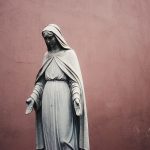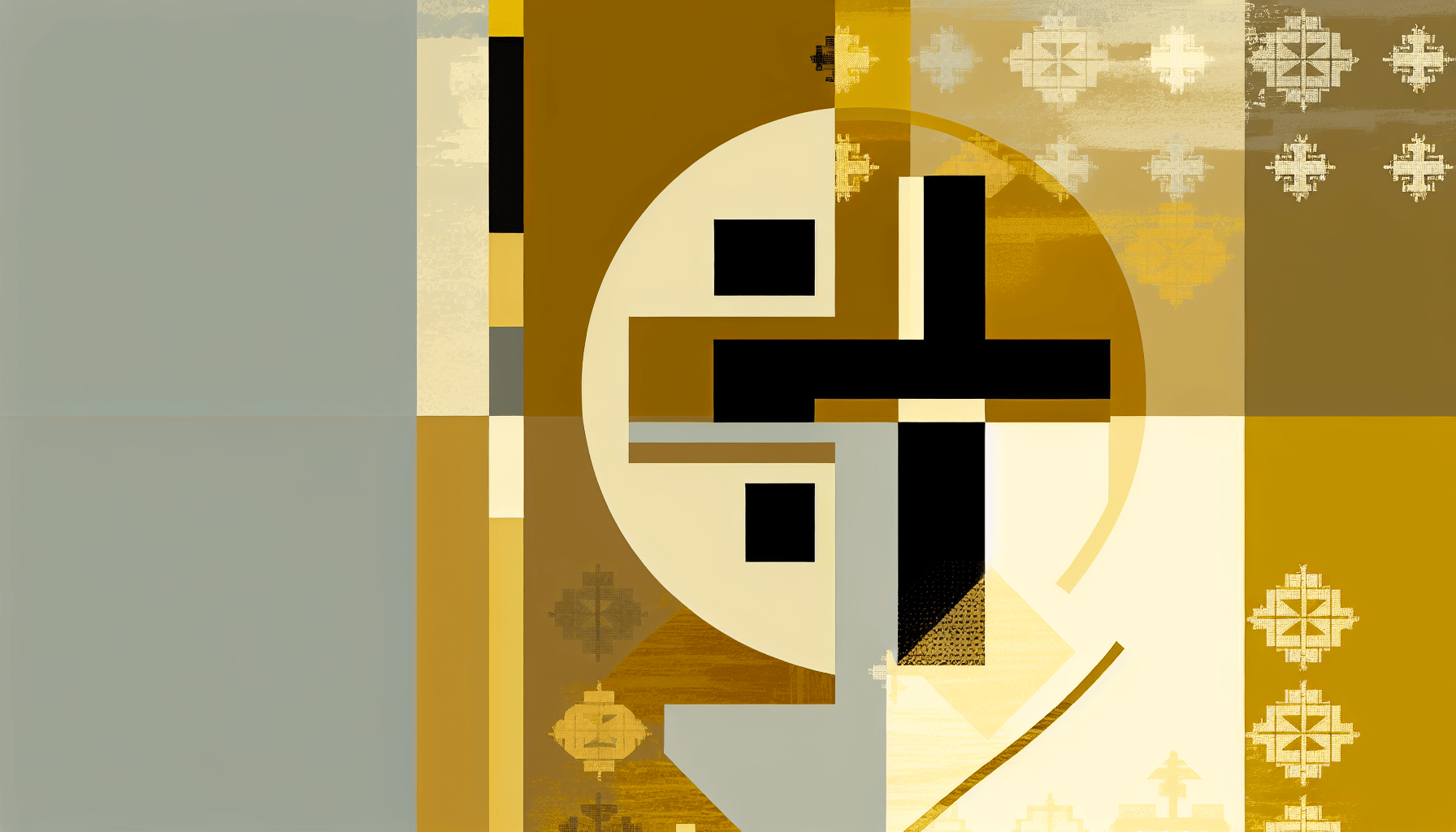What is today’s Catholic holiday? – Click Here to See!
What Are the Most Important Holidays of the Catholic Church?
The Catholic Church is rich with traditions, beliefs, and profound events that shape the faith of millions around the world. Among these, specific holidays hold significant meaning, commemorating the life of Jesus Christ, the Virgin Mary, and various saints. Understanding which holidays are the most important to the Catholic Church enhances one’s knowledge of the faith and the Church’s liturgical calendar. In this blog post, we will explore the most significant holidays of the Catholic Church, their meanings, and the ways they are celebrated.
Understanding the Liturgical Calendar
Before diving into the important holidays, it is crucial to understand the structure of the Catholic Church’s liturgical calendar. The liturgical year is divided into several seasons, including Advent, Christmas, Lent, Easter, and Ordinary Time. Each season has its own themes and significant feast days, which highlight various aspects of Catholic teachings.
Major Holidays of the Catholic Church
1. Christmas
Christmas is one of the most important holidays in the Catholic Church, celebrated on December 25th. This holiday commemorates the birth of Jesus Christ, the Savior of humanity. As one of the cornerstones of Christian faith, Christmas is a time for joy, celebration, and reflection on the gift of salvation.
Celebration of Christmas
Traditions during Christmas include attending midnight Mass, singing carols, decorating Christmas trees, and setting up nativity scenes. Many Catholic families also participate in the Advent season leading up to Christmas, a time of prayer, reflection, and preparation for the birth of Christ.
2. Easter
Easter Sunday is widely regarded as the most important holiday in the Catholic Church, celebrating the resurrection of Jesus Christ from the dead. This pivotal event is central to Christian faith, symbolizing victory over sin and death.
The Easter Triduum
Easter is preceded by the Easter Triduum, which includes Holy Thursday (commemorating the Last Supper), Good Friday (focusing on the crucifixion of Jesus), and Holy Saturday (the time of waiting). The Easter Vigil, held on Saturday night, is one of the most significant liturgies in the Catholic Church, filled with symbolism, including the lighting of the Paschal candle and the baptism of new members into the Church.
Easter Traditions
Celebrations vary across cultures, but common traditions include sunrise services, Easter egg hunts, and festive family meals. In Italy, for example, the Feast of the Seven Fishes is a popular tradition, while in many Latin American countries, processions and reenactments of the Passion are held.
3. Pentecost
Pentecost occurs fifty days after Easter Sunday and is celebrated as the day the Holy Spirit descended upon the apostles. This event marks the birth of the Church and is crucial in Catholic doctrine, emphasizing the role of the Holy Spirit in guiding believers.
Celebrating Pentecost
Catholics often celebrate Pentecost by wearing red, symbolizing the flames of the Holy Spirit. Special Masses are held, and communities may engage in prayers for the gifts of the Holy Spirit. The concept of the “Church community” is emphasized during this holiday, highlighting the importance of unity among believers.
4. All Saints’ Day
All Saints’ Day, celebrated on November 1, honors all the saints of the Church, both known and unknown. This day is an opportunity to remember and rejoice in the lives of holy men and women who have led exemplary lives of faith.
Observance of All Saints’ Day
On All Saints’ Day, Catholics often attend Mass and may visit cemeteries to honor deceased loved ones. The day following, All Souls’ Day, is dedicated to praying for the souls of the dead, reinforcing the belief in the communion of saints and the importance of prayer in the life of the Church.
5. Feast of the Immaculate Conception
The Feast of the Immaculate Conception, celebrated on December 8, is crucial in understanding the Catholic view of Mary. It commemorates the belief that Mary was conceived without original sin, preparing her to be the Mother of God.
Celebrations and Devotions
This holiday often includes attending special Masses and participating in novenas or prayers dedicated to Our Lady. The Feast of the Immaculate Conception is a holy day of obligation, meaning Catholics are required to attend Mass.
6. Ash Wednesday
Ash Wednesday marks the beginning of Lent, a solemn season of penance, fasting, and prayer that lasts for 40 days leading up to Easter. It is important as it symbolizes the Church’s call to repentance and the opportunity for spiritual renewal.
Observances of Ash Wednesday
On Ash Wednesday, Catholics receive ashes on their foreheads, symbolizing mortality and repentance. Many choose to fast or give up certain luxuries as a form of penance. The season of Lent is a time for reflection, prayer, and preparation for the celebration of Easter.
7. Feast of the Annunciation
The Feast of the Annunciation, celebrated on March 25, marks the moment the Angel Gabriel announced to Mary that she would conceive the Son of God. This feast emphasizes the significance of God’s plan for salvation through the incarnation.
Celebratory Practices
Catholics observe this feast with Mass and special prayers dedicated to Mary. The Feast of the Annunciation highlights the importance of Mary’s role in salvation history and encourages believers to reflect on their own responses to God’s calls.
8. Ascension of Jesus
The Ascension of Jesus into heaven is celebrated 40 days after Easter Sunday. This holiday commemorates Jesus’ return to the Father, affirming His divine nature and the promise of the Holy Spirit to guide the Church.
Celebrating the Ascension
This feast is typically celebrated with Mass, reflecting on the implications of the Ascension for the Church’s mission in the world. It is a reminder for the faithful to continue spreading the message of Christ and living out their faith.
Conclusion: The Significance of Catholic Holidays
Understanding what are the most important holidays of the Catholic Church provides insight into the beliefs and values that guide Catholic life. Each holiday, from Christmas and Easter to Pentecost and All Saints’ Day, serves to deepen the faith of the community and draw individuals closer to God.
These holidays not only celebrate pivotal events in the life of Christ and the Church but also connect the faithful to a long tradition of worship and devotion. By participating in these community celebrations, Catholics gain a stronger sense of identity, belonging, and purpose in their journey of faith.
Whether you’re just beginning to explore Catholicism or you have been a lifelong member of the Church, taking the time to understand and celebrate these important holidays can greatly enrich your spiritual life. Embrace the opportunities these special days present to engage with your faith, connect with your community, and reflect on the profound mysteries of salvation.




